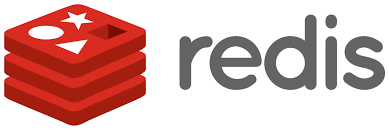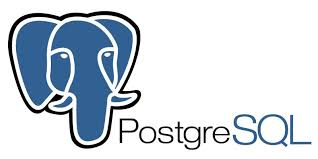When it comes to choosing the right database for your business, the task can be a cumbersome one today. There are several databases out there ruling the market and each of them have their individual pros and cons that you need to consider wisely before making the final choice.
Experts in the field of database management and administration suggest the following tips to help you to choose prudently when it comes to the optimal performance of your business needs-
- Understand and know the data structure you need, the volume of data you require to retrieve or store and your requirements for its scaling and speed.
- Model the data to check whether a document columnar, relational, graph or key/value database is preferred for your business data
- During this data modeling process, consider factors like the ratio of the reads-to-writes along with the throughput needed for the satisfaction of these reads and writes.
- Consider using multiple databases to data management under diverse patterns for usage/context
- Always resort to a master database for storing and retrieving canonical data along with one or more than one database for supporting extra features like the processing of data pipeline and caching.
Therefore, before you choose the right database for your specific business application, always keep the above points in mind.
Top 5 modern databases popular today
Now, coming back to the subject, the obvious question comes to your mind- what are the modern databases do developers love using today?
Specialists in the field of IT management say that in 2021, the following modern databases are hugely in demand thanks to their performance and key traits-
1. MySQL

MySQL is a relational open-source database management system or DBMS. It was introduced in 1995 and since then has become a vital component in nearly all web-development stacks that are open-source in nature. It is commonly a component of the web archetype popularly referred to as LAMP – Linux, Apache, MySQL and Perl/PHP/Python.
It is written in C+ and C++ and has a tremendous level of support and documentation.
The MySQL database is used by nearly every top company in the world. Some prominent websites that use the MySQL database are Google, Facebook, YouTube, Twitter and Flickr to name just a few.
Pros- Open, source and high in performance
Cons- Challenging to implement incremental backups, offers no support for OLAP or XML.
2. MongoDB

MongoDB is a highly popular non-relational database who saw the light of day in 2009. It is published under a license that is open-source and free. It is a document-oriented DBMS and does not use schemas. It is perfect for semi-structured data, for example text documents.
It can be coded in C++, JavaScript and C programming languages.
Pros– high performance, high speed, simple to configure and offers support for JSON.
Cons-no default security, uses a lot of memory, restricted nesting of files and data size is high
3. REdis

Like MongoDB, Redis was released in 2009 and its name means “Remote Dictionary Server”. It is a non-relational database, open source in nature and primarily is a key-value store. It deploys an associative range where the key is linked to a single value in one collection.
It uses the ANSI C language.
Pros– Simple to configure, high speed, supports multiple types of data
Cons– does not support join queries, needs extra memory
4. PostgreSQL

PostgreSQL is a relational DBMS that is an object-oriented in nature and has an emphasis on compliance standards as well as extensibility for projects of a large scale. Its key feature is its effective scalability.
Ideal for single-machine applications, large applications that face the Internet and any other application that fits in between. It is one of the most widely sought- after relational databases in use in the modern times. For instance, Apple uses PostgreSQL on its MacOS server OS by default.
The PostgreSQL database is written in C Language
Pros-It is highly scalable, has JSON support and other predefined functions
Cons: challenging to configure, poor performance for operations that need high loads.
5. MariaDB

MariaDB is a project that is based on a source code or “fork” of MySQL. It was founded by a group of developers who expressed their concerns over Oracle Corporation’s purchase of MySQL. Being a fork makes it similar in many ways to MySQL when it comes to functionality and the basic architecture.
It maintains good compatibility with other databases. Some prominent users of MariaDB are Wikimedia Foundation, Mozilla and Google.
Pros-scalable architecture with plug-ins, multiple levels of encryption and high speed
Cons- data migration is challenging
Therefore, in conclusion, when it comes to your choice of database, you will find that everyone of them, even the popular ones listed above, has their share of pros and cons. However, it is crucial for you to understand the key differences between the difference types of databases, for instance, relational versus non-relational to choose the perfect one suited for your business application in this data-centric modern world with success!





